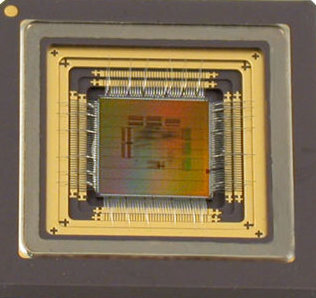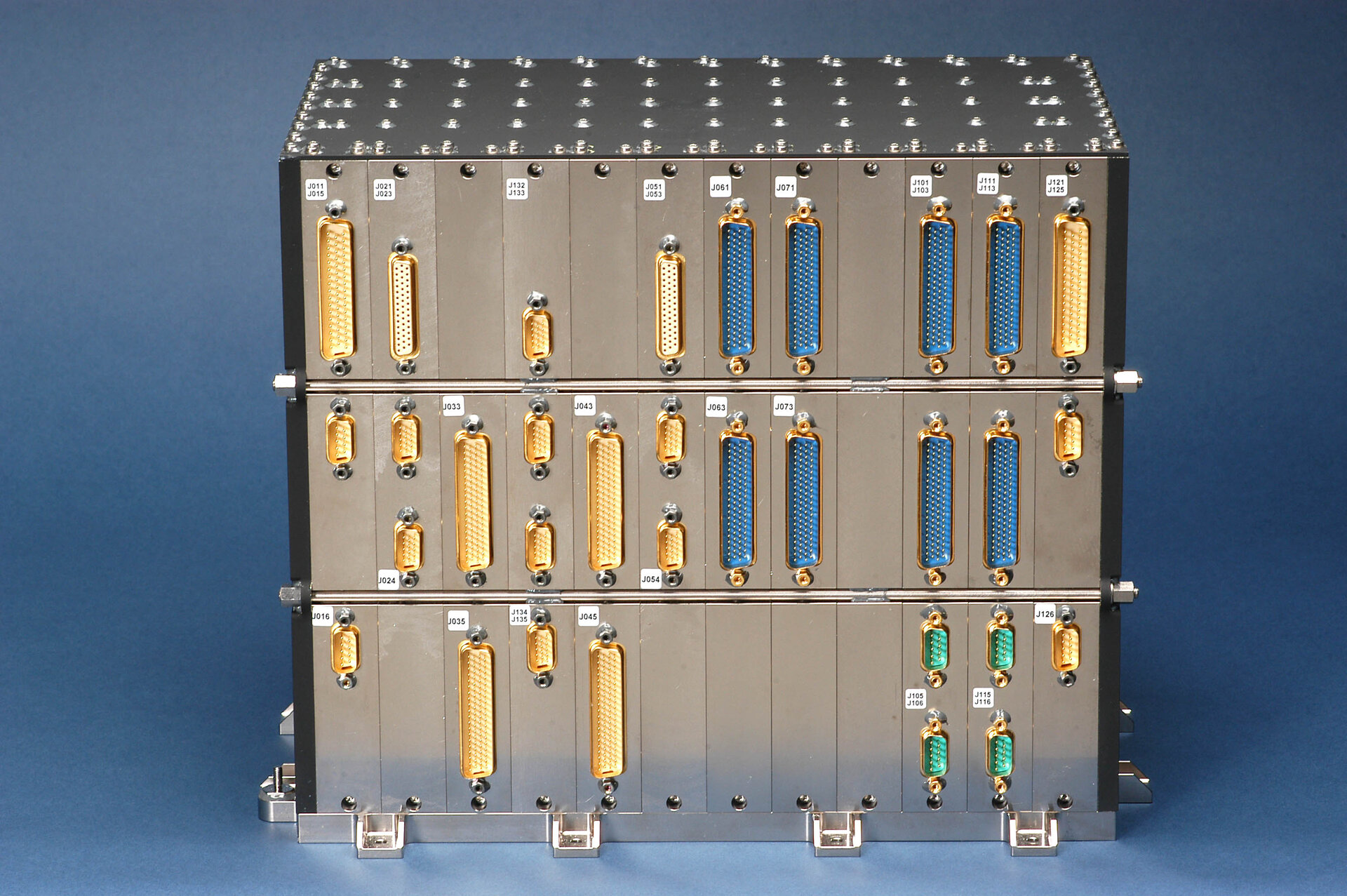Onboard Computers and Data Handling
About Onboard Computers and Data Handling
The section is responsible for research and development activities and for supporting ESA projects and missions in the field of spacecraft data systems and the related architectures.
Responsibilities
The section’s responsibilities include:
- on-board computers and their major components, such as microprocessors and support components, meeting very stringent requirements in terms of radiation tolerance, reliability, availability, and safety;
- key avionics building blocks such as platform mass memories, remote terminal units, on-board buses and data networks;
- on-board and space to ground data communication protocols, including protocol security aspects.
- On-board payloads and their interfaces with the avionics platform
The section also provides support to European standardisation (CCSDS, ECSS) in areas such as telemetry, telecommand and on-board data, wireless and monitoring & control interfaces.
Background information

Microprocessors: The availability of high-performance radiation-tolerant microprocessors to the European space industry is a key element of European independence and European industry competitiveness. A number of different high performance microprocessors have been developed, or are under development. The 2nd and 3rd generation of SPARC-based processors has been available (AT697E/F, LEON3-FT), as well as the multicore LEON4-based Cobham Gaisler GR740 (the Next generation Multipurpose Microprocessor NGMP based on a Quad core Leon4FT) currently under qualification for flight.
Low-level building blocks/support components: To allow higher integration and reduce mass, power and cost, it is also important to develop specific support components besides the microprocessor. New support components are continuously being developed for functions such as:
- complex I/O management,
- computer reconfiguration and fault tolerance management,
- interfacing on-board buses, data networks and user interfaces for control and monitoring purposes
- interfacing the ground to space link (telemetry and telecommands).
On-board computers: The spacecraft control computer is a key element for controlling the spacecraft and maintaining the safety of the spacecraft. The control computer, whose internal architecture may depend on the application and its availability requirements, includes autonomous failure management functionalities to ensure that the spacecraft can autonomously recover from major anomalies and enter a safe state without interaction from the ground operators, in case of emergency.
Mass memories: In many missions it is necessary to temporarily store payload or spacecraft telemetry data on-board before transmission to ground. A typical example is the Earth Observation missions where it is often only possible to send data to ground during 10 minutes once every 1.5 hours. It is therefore essential to have a very robust and compact storage capability on-board. The mass-memories are being developed using various solid-state storage technologies such as dynamic RAMs and Flash memories.
Remote interface units: A typical spacecraft includes a large number of discrete sensor and command interfaces on-board used for, e.g. health monitoring and temperature monitoring and control. The remote interface unit implements these discrete interfaces in one unit controlled by the spacecraft control computer.
On-board buses and Data networks: Conventional space borne controls are based on Centralized Control systems where a single central control unit is responsible to control the application tasks and performing data management, resulting often in relatively high performance requirements for the CPU and high OBSW complexity. MIL-STD-1553 is used virtually in all ESA and European OBDH systems, and the considerable amount of experience and know-how built by European industries is enormous. Other low-medium speed data buses used are UART based on RS-422 physical layer and CAN. SpaceWire is a standard for high speed links (up to 200Mbps) and networks for use onboard spacecraft, developed by the European Space Agencies in collaboration with European Universities and Industries. SpaceFibre is emerging as a new standard for very high speed (Gpbs) serial links, as an evolution of the well established SpaceWire standard.




